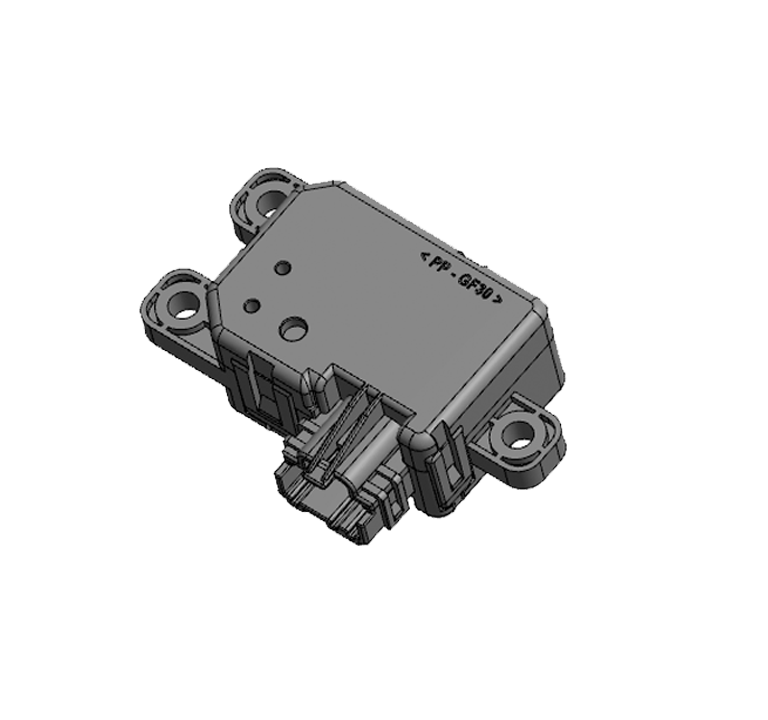What is the difference between a vent actuator and a disc brake
A fresh air system is a continuous, controlled ventilation path for residential ventilation without the need for ducts. Through the air flow control system such as fans and air vents, the indoor dirty air flows according to a specific path, and finally is discharged from the bathroom or kitchen. indoors, so that the air in the confined space is fully renewed. It can be said that the Spanish "Holy Island Fresh Air System" is like installing a set of intelligent "breathing system" for the house, so that the house can really "breathe", so that the indoor air is fresh and clean. Worrying about air pollution allows people to live a truly energy-saving, environmentally friendly, safe, and comfortable life. With the fresh air system, there is no need to open windows, and fresh air can still flow into the room. The fresh air system can not only eliminate "air conditioning disease" , keep the indoor air fresh, and make home life more healthy. After the house is installed with a fresh air system, under the action of negative pressure, the indoor air has been in a flowing state, and the movement of the airflow layer prevents molds from growing, and no longer There is no need to worry about moldy indoor items, and it also helps to eliminate odors in bathrooms and kitchens, and remove harmful gases that are slowly released for a long time after interior decoration.
What is the working principle of the roof ventilator
The most basic power of roof natural ventilator is wind pressure and heat pressure.
The wind tunnel test of the roof ventilator shows that when the wind blows towards the building, the building has a blocking effect on the wind, which generates positive pressure on the windward side and negative pressure on all sides and back of the building. The wind pressure ventilation of the roof natural ventilator is to use the pressure difference between the windward side and the leeward side of the building to achieve air circulation. Pressure difference is a key factor affecting ventilation. The magnitude of the pressure difference is related to the shape of the building, the surrounding environment of the building, and the angle between the building and the wind direction. In addition, the pressure of the air flowing through the roof ventilator decreases as its velocity increases, thus creating a low pressure zone. According to this principle of the roof natural ventilator, when designing the roof natural ventilator, pay attention to the installation position of the ventilator.
Another principle of the roof natural ventilator is to use the thermal pressure difference of the air inside the building - the so-called "chimney effect" to achieve the natural ventilation of the building. Taking advantage of the principle of hot air rising, exhaust vents are arranged on the upper part of the building to discharge dirty hot air from the room, and fresh outdoor air is sucked in from the vents around the building. The hot-pressing effect is related to the height difference between the air inlet and the air outlet and the temperature difference between indoor and outdoor. In architectural design, roof ventilators can utilize vertical cavities running through multiple layers inside the building. In summer, the valve plate can be opened like a large skylight. In this way, the cool air cooled by the roof ventilator can be blown inwards, while the warm indoor air is exhausted by the roof ventilator. In addition, the roof ventilator also has an on-off system to adjust the room temperature.


